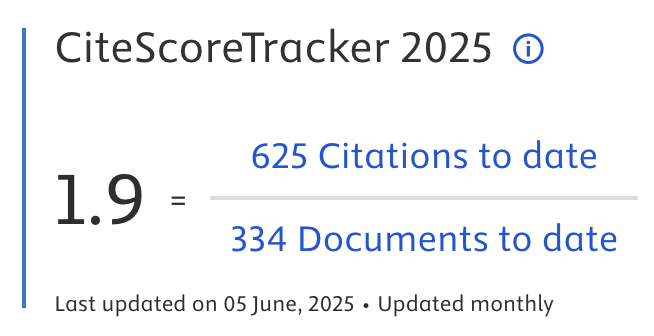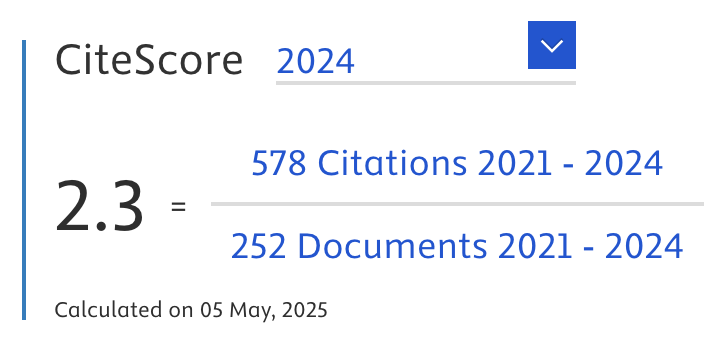Designing Planograms for Retail Shelves: A Visual Merchandising Approach Using Apriori Algorithm and K-Means Clustering of Customer Preferences
Abstract
The development of retail store businesses in Indonesia is widespread across various regions, positively impacting the increase in shopping activities among the community. Alongside the intense competition among retailers, fundamental issues are found regarding the shopping experience of customers who feel uncomfortable and dissatisfied with retail services. Customers are an essential aspect that needs attention, and their desires must be fulfilled to maintain the existence of a retail store. This study attempts to implement the concept of visual merchandising to enhance service quality through the planogram method aimed at improving the visual arrangement of sales shelfs. Regarding the layout of retail stores, shelf arrangement plays a significant role visually in influencing and attracting customer attention while shopping. In this study, two data mining techniques are used. The first method is association rule mining using the Apriori algorithm, which reveals the association rules formed between two or more product items, utilizing a total of 6,325 customer transaction records. The results indicate 12 rules formed based on product categories and 17 rules based on product sub-categories. The second technique is k-means clustering, which is used to identify differences in customer preferences in retail stores based on several variables regarding customers using 104 data customers. In practice, both the apriori and k-means algorithms face challenges, especially when handling large and complex data. Differences in preferences were found among the clusters, particularly regarding product arrangement on the sales shelf, such as grouping products by brand and price. A two-dimensional planogram design was developed to integrate the results from the previous stages. This design considers the availability and specifications of the shelves in the retail store. A planogram adjusted to customer purchasing patterns and preferences is expected to provide good service and positively impact store operations and stock management.
Article Metrics
Abstract: 556 Viewers PDF: 353 ViewersKeywords
Full Text:
PDFRefbacks
- There are currently no refbacks.

Journal of Applied Data Sciences
| ISSN | : | 2723-6471 (Online) |
| Collaborated with | : | Computer Science and Systems Information Technology, King Abdulaziz University, Kingdom of Saudi Arabia. |
| Publisher | : | Bright Publisher |
| Website | : | http://bright-journal.org/JADS |
| : | taqwa@amikompurwokerto.ac.id (principal contact) | |
| support@bright-journal.org (technical issues) |
 This work is licensed under a Creative Commons Attribution-ShareAlike 4.0
This work is licensed under a Creative Commons Attribution-ShareAlike 4.0





.png)